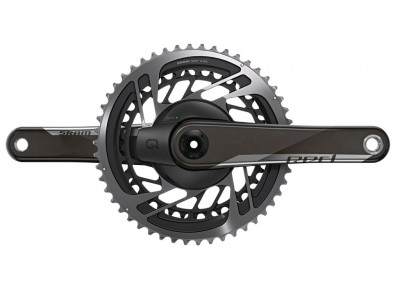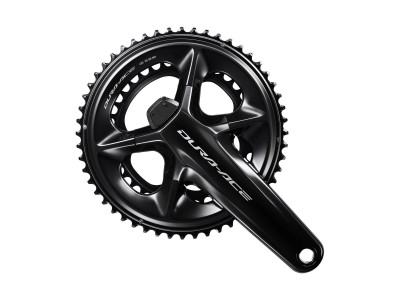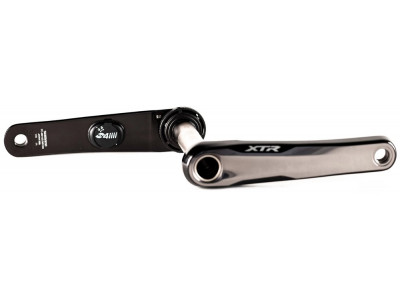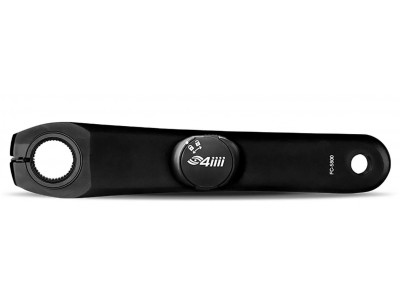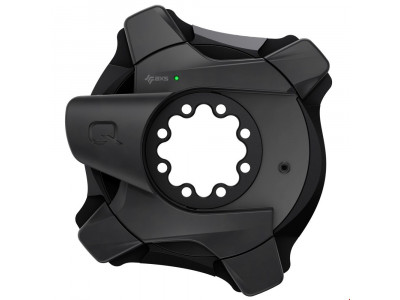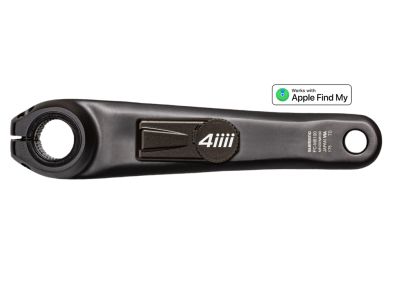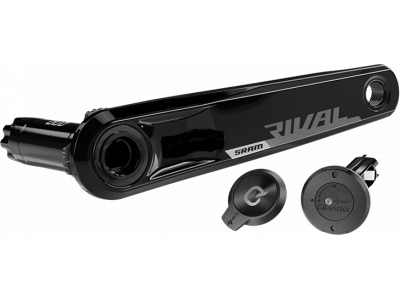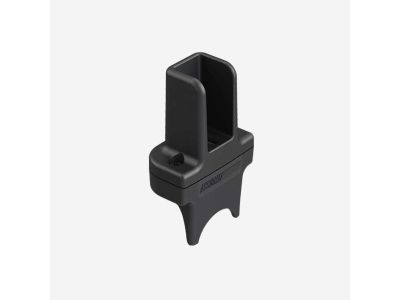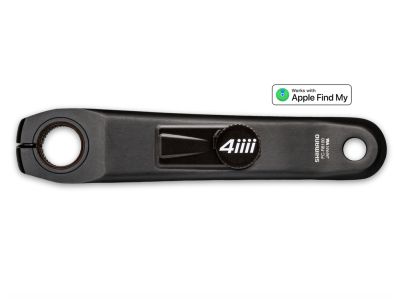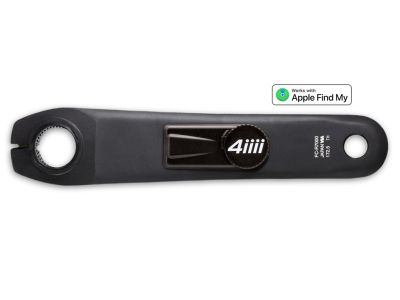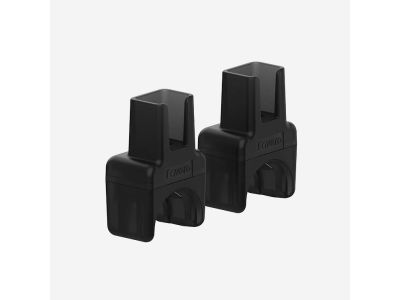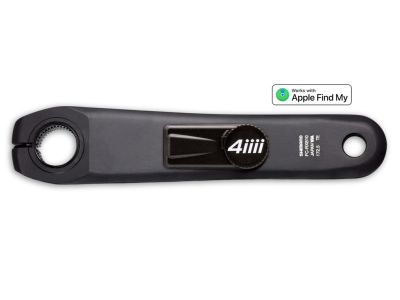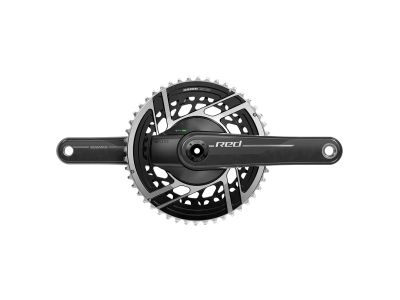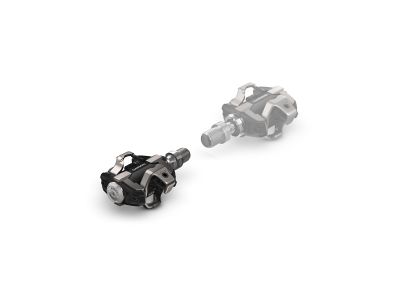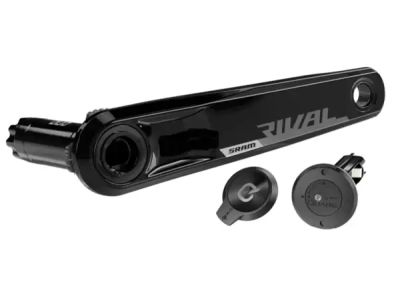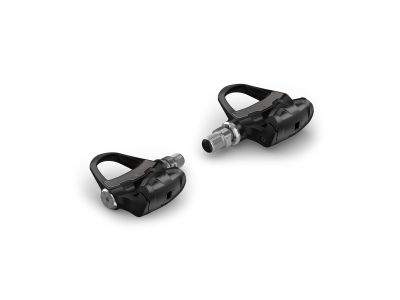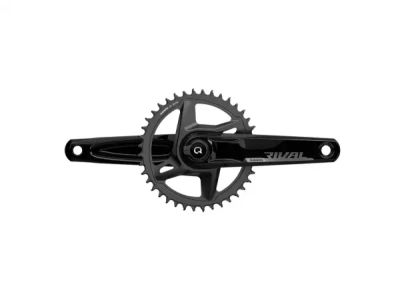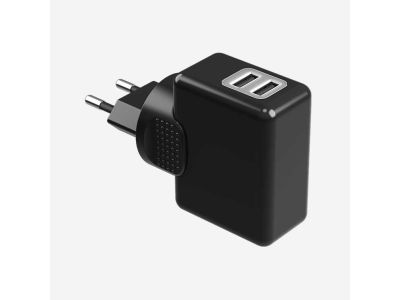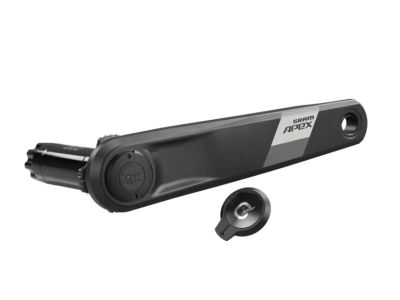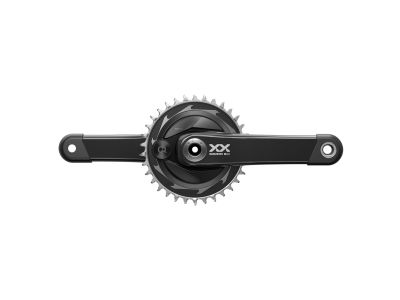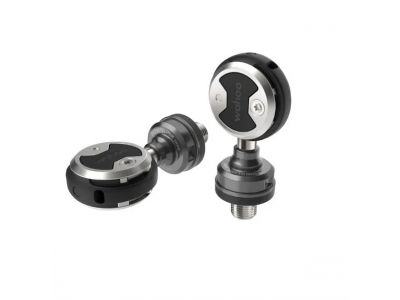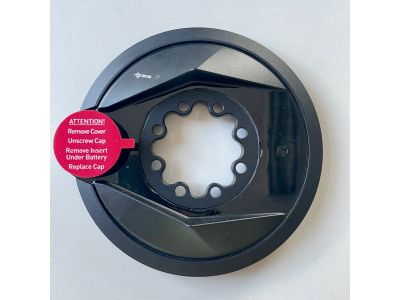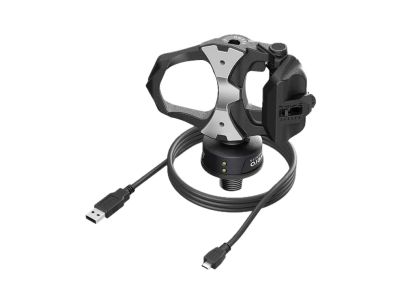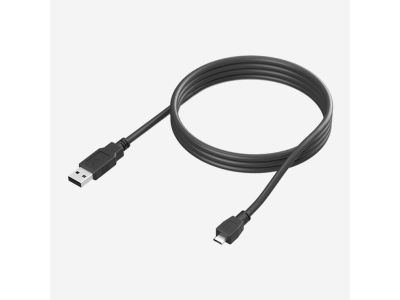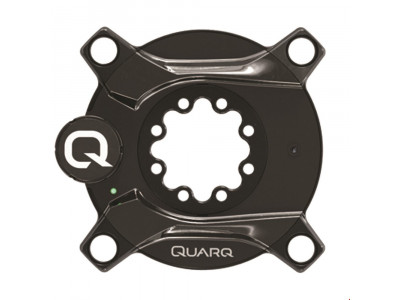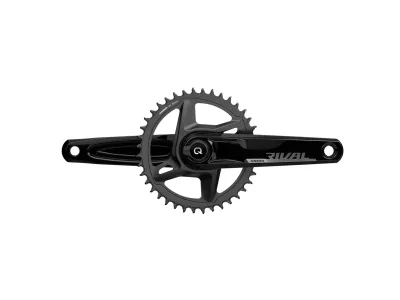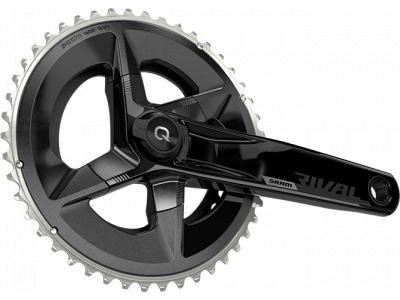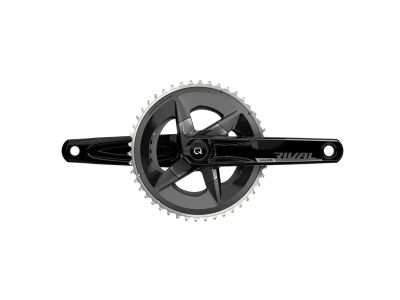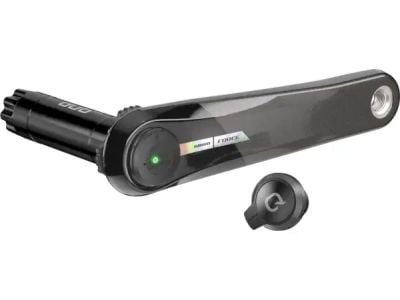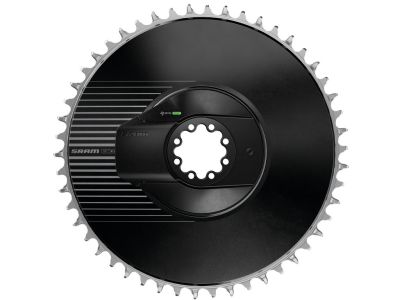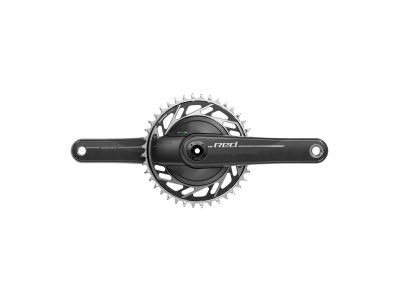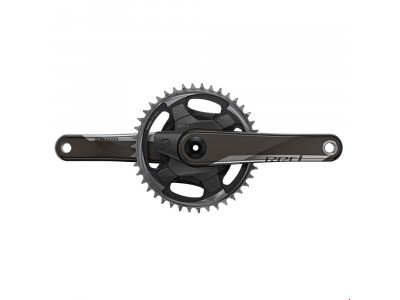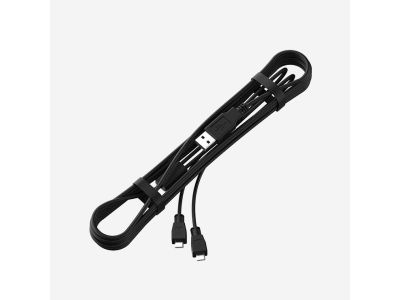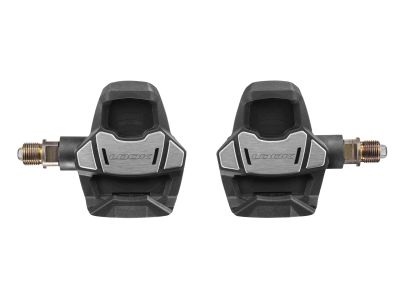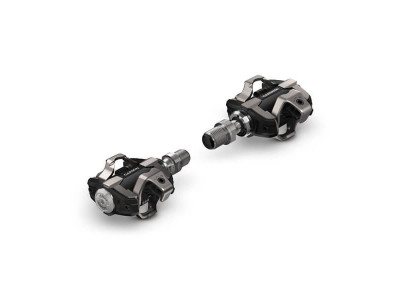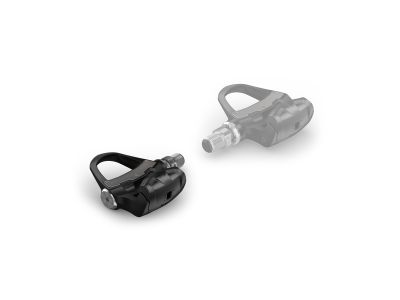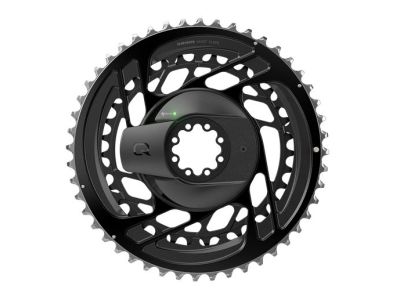A very useful helper for cyclists who are interested in seeing their performance as they “push” the pedals. Thanks to power meters, it is possible to train more effectively or dose your performance during races. The basic division of power meters is, depending on the performance measurement, either only in the left crank, or in both. In the second case, you get information about the differences between your left and right leg.
Some manufacturers offer a more economical option, where the meter is mounted on the crank, so you don't have to buy a new one with the meter. The opposite is the purchase of a set of converters with cranks. A variant of measurement using pedals is popular, when assembly and possible sharing between several bicycles is very easy. The power supply is usually a battery, newer ones can be charged. The transmission works using the ANT+ or Bluetooth protocol, so you monitor the data on your device (cycling computer, phone...).
How to proceed when choosing a power meter?
There are several important specifications and parameters to consider when picking a bike wattmeter. Here are some key factors to keep in mind when choosing a power meter:
- Compatibility: Check the compatibility of the power meter with the drive system of your bike. Make sure it's compatible with your crankset, bottom bracket, and the components it has to work with. Some power meters are specific to certain brands or models, so check compatibility before buying.
- Measurement type: Various types of bicycle power meters are available, including pedal, crank, bottom bracket, and hub measurement options. Each type has its own advantages and aspects. Pedal power meters measure power at the pedal spindle, crank power meters measure power at the crank arm or spider, and hub power meters measure power at the rear wheel hub. Consider which type best suits your needs and preferences.
- Measurement accuracy: Look for a power meter that offers reliable and accurate power measurement. Check the claimed accuracy and consider reviews or user feedback regarding the consistency and accuracy of the performance measurement. The higher the accuracy, the more reliable the data will be for training and analysis.
- Data metrics: Consider the range of data metrics provided by the power meter. Most power meters measure and display power in watts, but you may want to consider other metrics such as cadence (pedal revolutions per minute), torque, left/right balance, and other advanced readings. Determine which metrics are important to you and make sure the wattmeter provides that data.
- Connectivity and device compatibility: Check the connection options of the power meter. Many power meters offer Bluetooth and ANT+ compatibility, allowing connection to bike computers, smartphones, or other devices for data analysis and tracking. Make sure the wattmeter is compatible with the devices or apps you plan to use to record and analyse cycling data.
- Installation and maintenance: Consider ease of installation and maintenance. Some power meters require professional installation or specific tools, while others are more user-friendly and can be installed by the cyclist themselves. Additionally, check if the power meter requires regular calibration or firmware updates, and consider the associated convenience or maintenance effort.
- Price and budget: Determine your budget range and compare power meters within that range. Keep in mind that prices may vary depending on features, accuracy, and brand reputation. It's important to strike a balance between the features you want and your budget.
Why should I use a power meter?
Power meters provide objective and accurate data about your performance that allows you to measure performance and track improvements over time. They help optimize training, pace and strategies during races, leading to more efficient and effective driving.
How does a power meter work?
There are different types of power meters, but most of them work by measuring the forces acting on the drive train of the bike. Strain gauges, accelerometers, or other sensors are typically used to measure torque, cadence, and speed. This data is then used to calculate performance and other metrics.
How to calibrate a power meter?
Most power meters require regular calibration to maintain accuracy. Calibration processes may vary depending on the specific brand and model of power meter. Specific calibration procedures can be found in the manufacturer's instructions.

